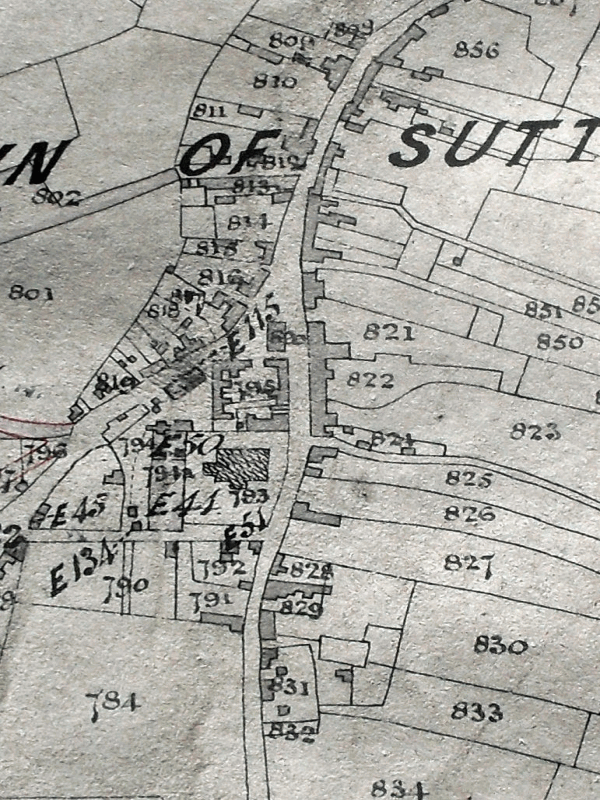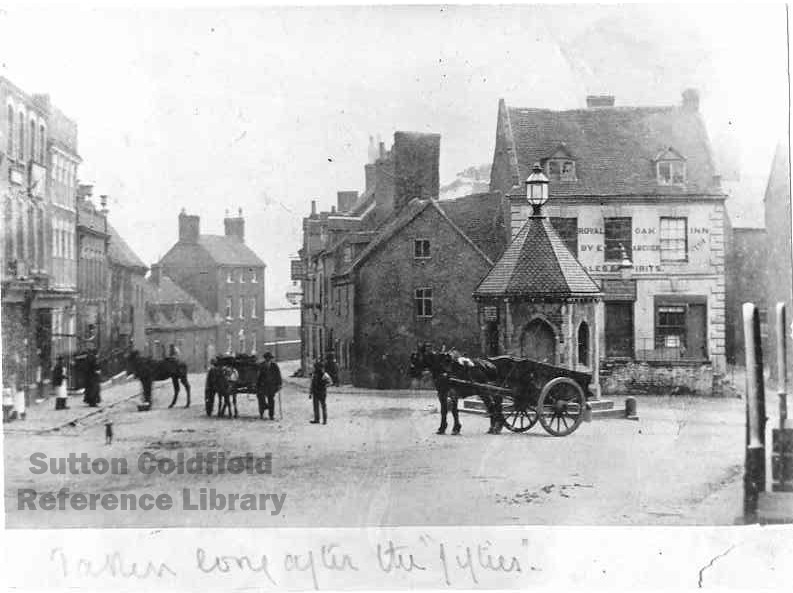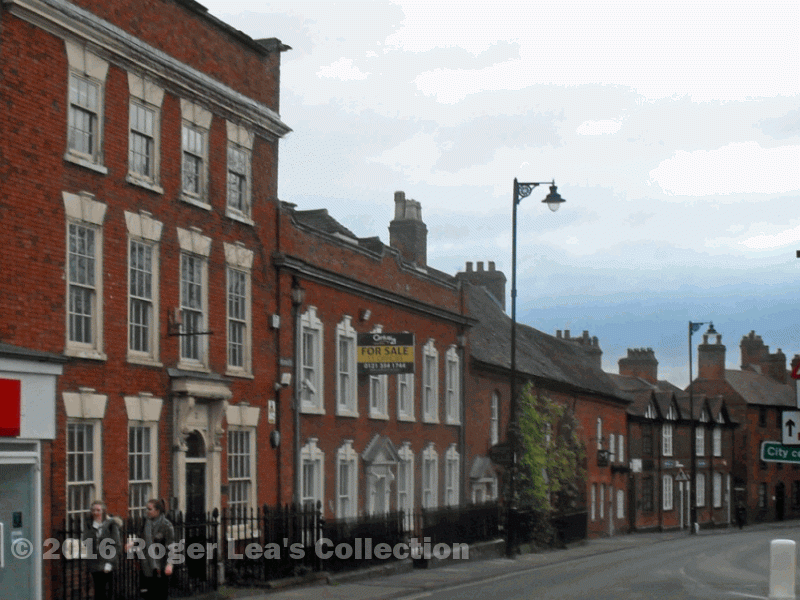Known until recently as Church House, 15 Coleshill Street was described by Richard Holbeche as “the ugly red house opposite the Church Yard”. Holbeche was recollecting the Coleshill Street of his childhood in the 1850s, when the three-storey house was occupied by Thomas Betts, a road surveyor who had acquired a small farm. He lived there with his wife, his 24-year old son George, described in the 1861 census as “Farmer’s son”, and a servant.
He was 60 years old, known to Richard Holbeche as Old Betts, and he remembered him as “a pleasant, old-fashioned man who wore breeches and gaiters and sometimes a long smock.
This house, or maybe a previous house on the site, dates from the middle ages, as its owner had to pay the annual Chief Rent of three shillings and four pence. It was once the property of Joseph Addyes who bequeathed it in his will dated 1730 to his nephew Nicholas Dolphin - he was the owner in 1742 when the house was leased to Daniel Parker; in 1770 Nicholas Dolphin sold it and the adjoining paddock to Thomas Butler for £175. The house was probably rebuilt about this time in the austere late Georgian style. It was not until 1870 that “a new road leading from the Church to the corner of the lane leading to the Blabbs” (i.e. the straight part of the present Rectory Road) was laid out, so in the 1850s the alleyway between 13 and 15 Coleshill Street was the beginning of “the foot road leading from the town to Middleton.”
Richard Holbeche’s account continued “The alley separated this house from our cottages. Steward had the first, with the forge at the back. Oh! the delight of that forge, where our leaping poles were ferruled and our hoops made.” The next cottage was occupied by the Woodcrafts, and the Holbeche’s man-servant had the cottage next to the Holbeche house. This was Joseph Reeve, “who was the handiest man I ever met”, fondly remembered by Richard, in contrast to the previous man-servant, Emmanuel Hooper, who had bad teeth and a large nose and did not like boys.
In the photograph, these three cottages seem identical, and the Parochial Valuation of 1856 records that each cottage had a frontage of nineteen feet three inches. However, Steward’s house (where he lived with his wife, eight children and a servant) was twenty feet deep; and Woodcraft’s 29 feet three inches deep. Joseph Reeve, his wife and three infant children, had a cottage that was only ten feet deep, probably the original depth of all three, the other two having extensions at the rear.
“The other side of our property, Mr. and Mrs. Wadhams dwelt.” Emma Wadhams kept a school there, with three live-in governesses and twenty-nine scholars aged from five to eighteen, all girls except one boy. Wadhams was “a stout man with very bushy whiskers, later with a beard, and was fond of velvet coats.” “In the house the two very long, inconvenient and uncomfortable rooms made the classrooms and dormitory” - these rooms were 36 feet and six inches (11.1metres) long.


